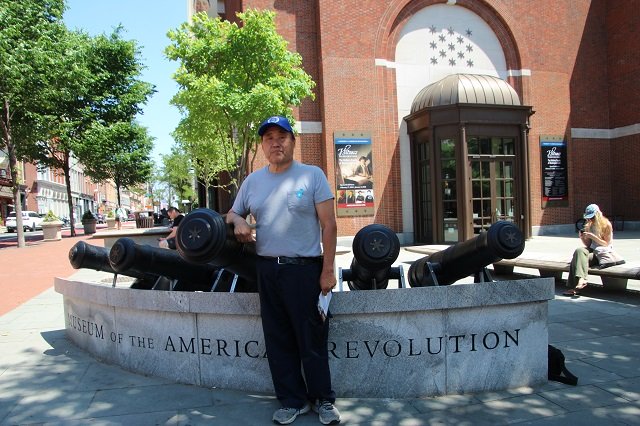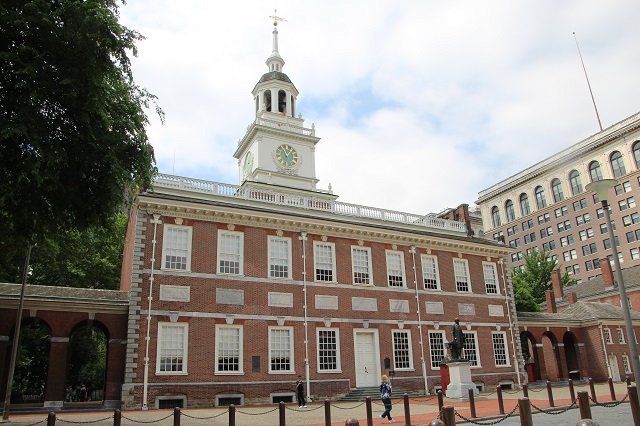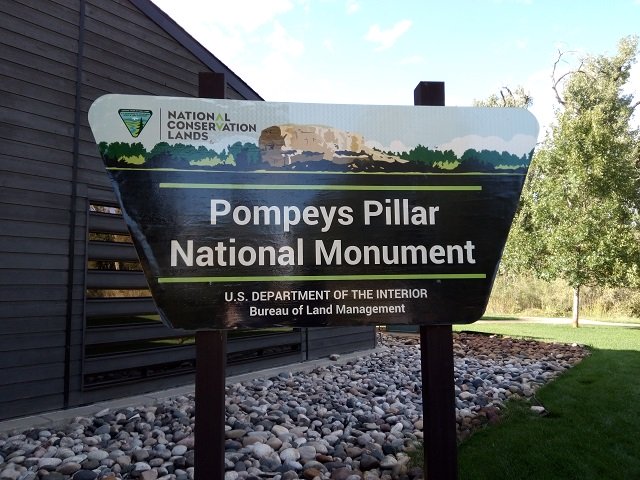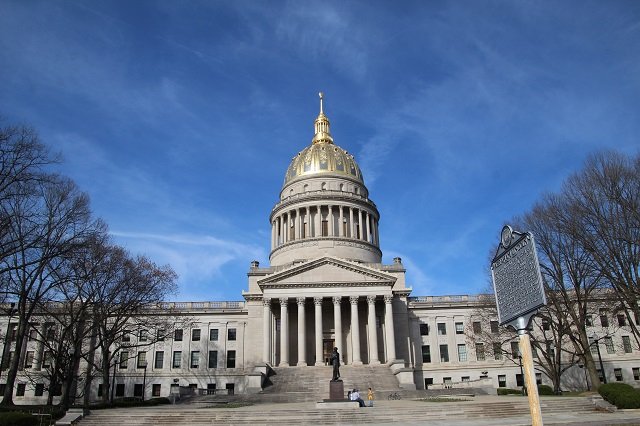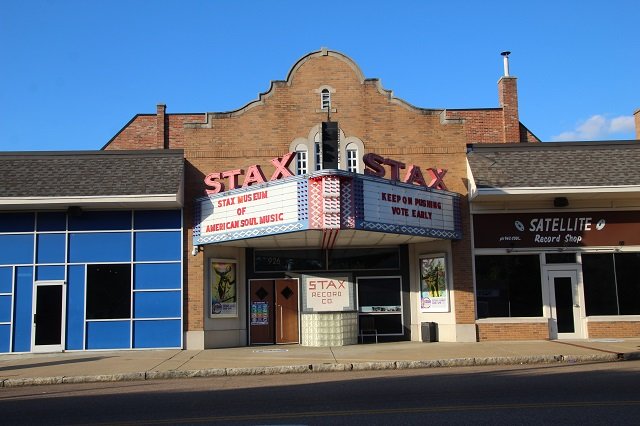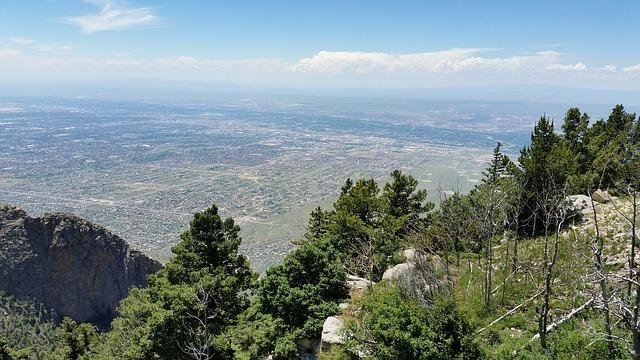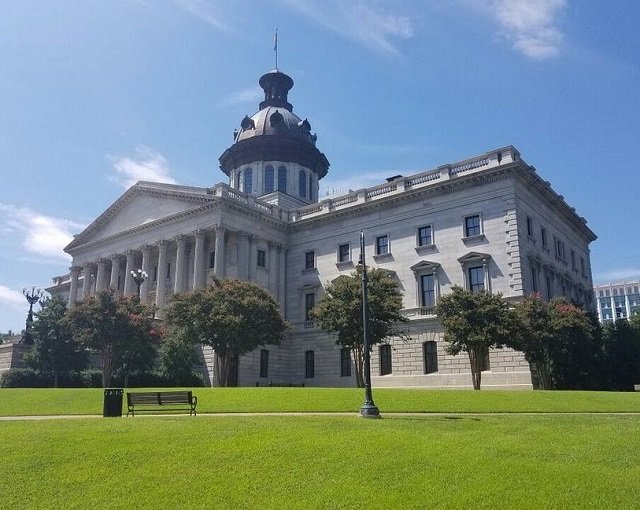While in Philadelphia we wanted to see as many historical sites we could see as well as exploring the city. We started our second day of our 48 […]
48 Hours in Philadelphia, PA – Our Visit to Center City
Are you a history buff? I never really was in High School. It seemed so boring, and not important in my daily life. However, with us visiting all […]
Pompeys Pillar National Monument – Pompeys Pillar, Montana
Standing 150 feet above the Yellowstone River in Southern Montana and consisting of sandstone from the late Cretaceous Hell Creek Formation, 75 – 66 million years ago, is […]
West Virginia State Capitol in Charleston – The Mountain State
We finally made it to our 45th state and a new capitol in the city of Charleston, West Virginia! We were there late in the day so there […]
Stax Museum of American Soul Music – Memphis, Tennessee
While in Memphis in October of 2020, we did a lot of museums related to music such as the Rock n Soul Museum, Sun Studio, as well as […]
Albuquerque, New Mexico- 8 Fun Things To Do in Duke City
Hi there everyone. In a couple of weeks, Gene and I will be heading to Albuquerque so I did some more research on the area and check out […]
South Carolina State House in Columbia – The Palmetto State
One our desire to see all US State Capitols we marked off the South Carolina State Capitol while in the Columbia area in June of 2012. We had […]
US Presidential Statues 1969-2017 – City of Presidents Tour Rapid City, SD
On a road trip in May of 2022, we found ourselves in Rapid City, South Dakota. We had visited Mt. Rushmore on a previous visit but had never […]
US Presidential Statues 1913-1969 – City of Presidents Tour Rapid City, SD
On a road trip in May of 2022, we found ourselves in Rapid City, South Dakota. We had visited Mt. Rushmore on a previous visit but had never […]
US Presidential Statues 1877-1913 – City of Presidents Tour Rapid City, SD
On a road trip in May of 2022, we found ourselves in Rapid City, South Dakota. We had visited Mt. Rushmore on a previous visit but had never […]

